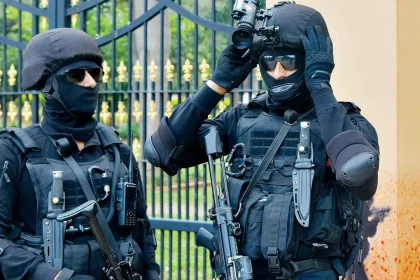10 Proven Ways to Stay Calm During SSB Personal Interview
In the journey toward a career in the Defence forces, personal interviews hold a pivotal role, especially during the Services…
How to Become ADC (Aide-de-Camp) to the President of India
To become an Aide-de-Camp (ADC) to the President of India is a distinguished aspiration for many serving officers in the…
MNS Officer Salary & Allowances Revealed – Is It Worth It?
The Military Nursing Service (MNS) in India has a long-standing history of excellence in providing medical care, not only to…
NDA vs MNS – Which One Is the Better Career in 2025?
The choice between the National Defence Academy (NDA) and the Military Nursing Service (MNS) represents a significant decision for individuals…
MNS Officer Pay Scale: Salary, Allowances & Lifestyle
The Military Nursing Service (MNS) in India plays a pivotal role in providing healthcare and medical support to the Indian…
Army Medical Officer Career: Salary, Eligibility & Education Guide
The role of a Medical Officer in the Indian Army embodies a unique blend of medical expertise, military discipline, and…


